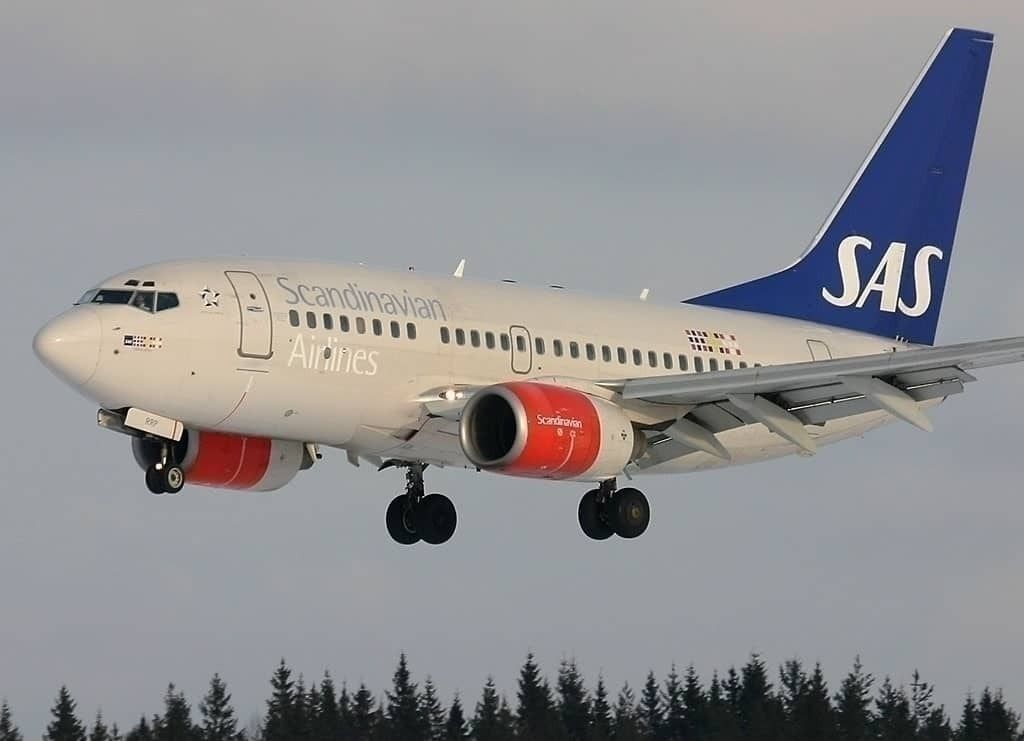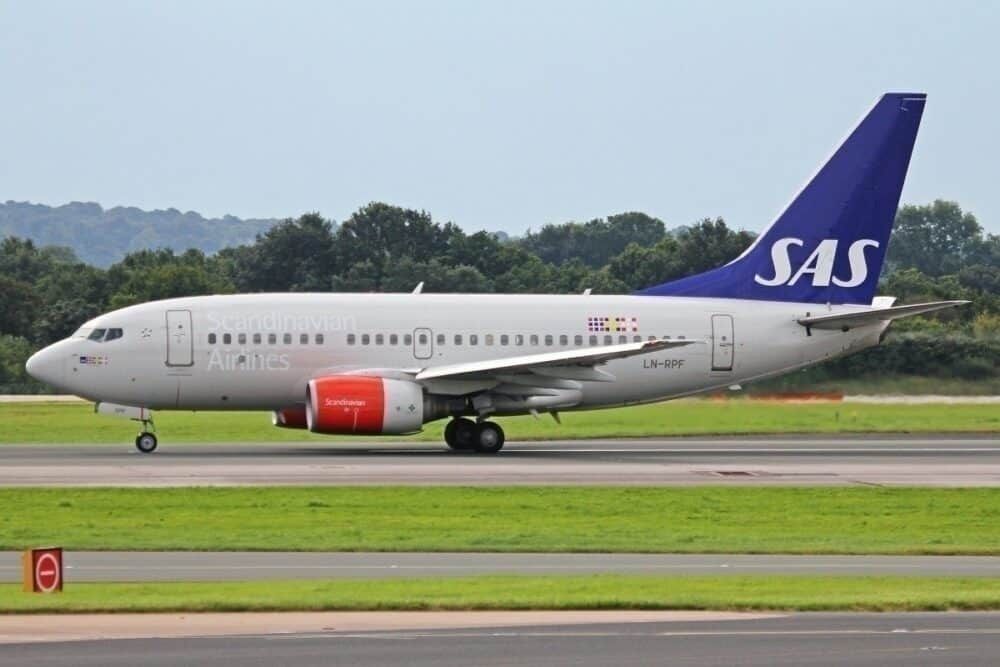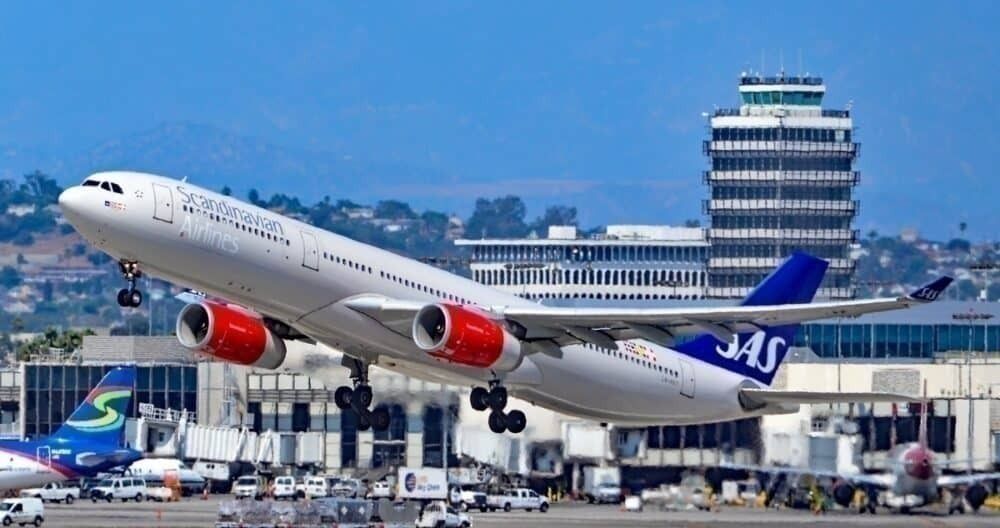In a press release issued yesterday, Scandinavian Airlines (SAS) announced its traffic figures for April, which showed a load factor just short of 27%. The airline also experienced a drop of almost 95% in available seat kilometers (ASK) over the same period in 2019. SAS said that cost reduction measures and cash preservation would help the airline emerge from the COVID-19 crisis as a sustainable business.
SAS passenger numbers hit hard by COVID-19
The SAS press release revealed that as a direct result of the COVID-19 pandemic, the airline's scheduled capacity fell by 94.5% from April last year with a load factor of just 26.6%. SAS only operated a limited network of services in Norway and Sweden during April that saw the airline's passenger numbers cut to 94,000.
Simple Flying reached out to SAS for further comment but hadn't heard back at the time of publication.
SAS implementing cost-cutting measures
SAS said that these challenging times are impacting their business and, while nobody can predict how the demand for air travel will evolve in the near future and beyond, it's apparent that recovery is going to take much longer than previously anticipated.
The airline predicts that it could take until 2022 for passenger demand to begin to get close to pre-COVID-19 levels. CEO of SAS, Rikard Gustafson said:
"The current situation forces us to take all possible measures to reduce costs and preserve cash to be able to emerge from this crisis as a sustainable, profitable and vital part of Scandinavian infrastructure."
As reported by Simple Flying last month, SAS might cut its staff by half. The airline said that with the time necessary to build up their services, SAS has regrettably begun the process of reducing future full-time staffing by up to 5,000 positions.
Government credit may safeguard SAS
SAS is relieved to have secured SEK 3.3 billion ($338 million) in revolving credit that has been guaranteed by the states of Denmark and Sweden. This, along with the airline's ongoing measures, will help to safeguard its future. Mr Gustafson says:
"This additional liquidity will, alongside our initiated cost reduction measures, give us the time needed to explore further opportunities and financial support to safeguard our business."
International travel will be slow to recover
The huge drop in Scandinavian Airlines'' traffic follows the announcement on Friday that Norwegian Air had carried just 41,000 passengers in April — a fall of 98.7% over the previous year. Even after the coronavirus pandemic is over, Norwegian predicts a 30% reduction in the size of its fleet.
While some countries are beginning to emerge from the worldwide crisis, the full relaxation of international border closures will take much longer.
New Zealand will decide tomorrow whether to downgrade its state of alarm to a lower level, which will allow an increase in domestic flight capacity. However, after a strict lockdown, the nation will be reluctant to allow international travel until the safety and health of incoming passengers can be assured to prevent a resurgence of COVID-19.
John Holland-Kaye, CEO of Heathrow Airport, stated that social distancing is physically impossible at airports. He said that better solutions need to be found to safeguard passengers, such as the compulsory wearing of face coverings and health screening on entry to terminals.
Many people might take a cautious wait-and-see approach to air travel. Will you be as eager to take an international flight in the short term?



